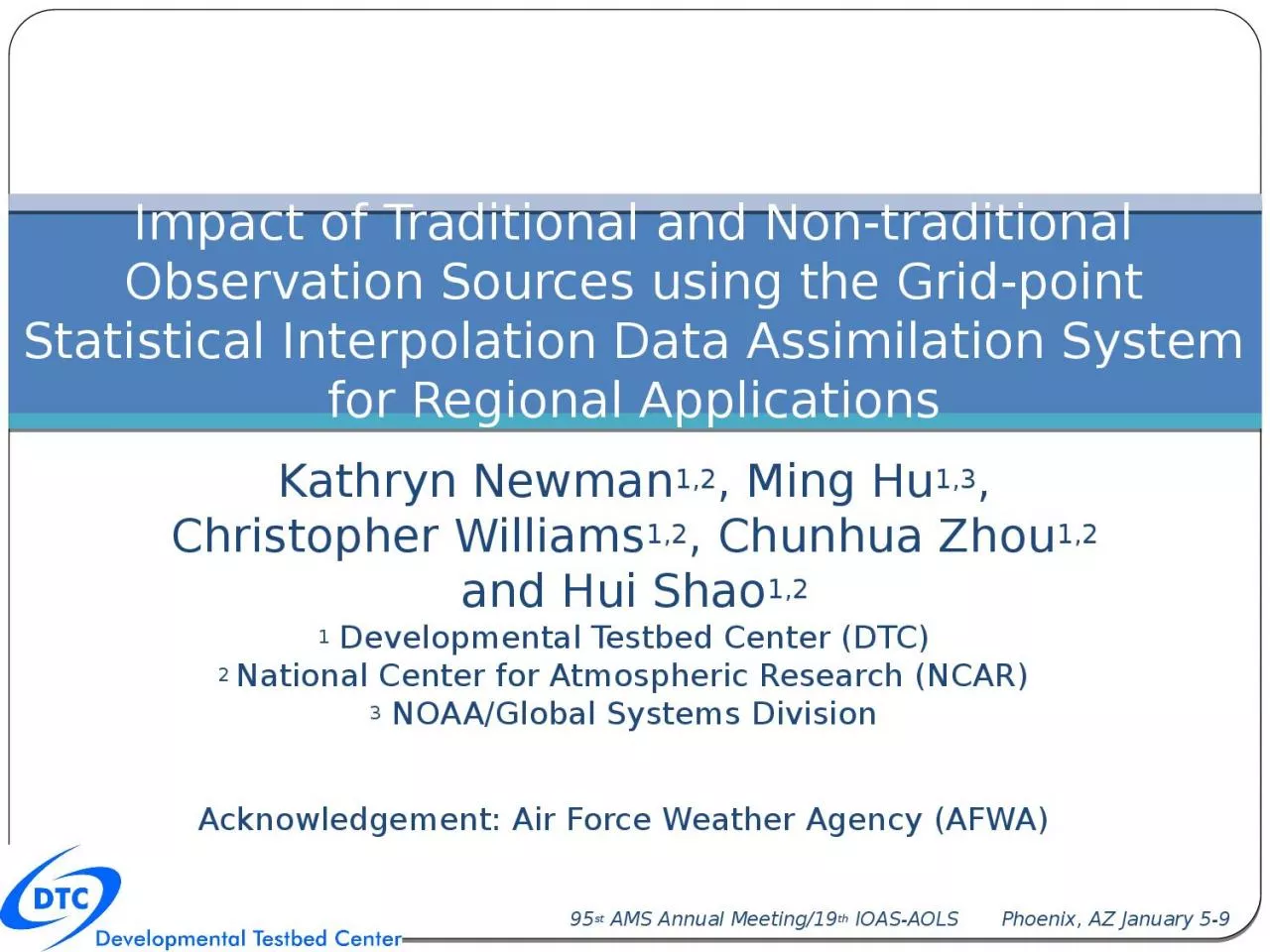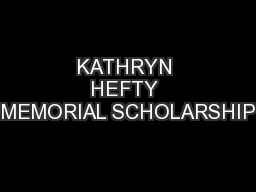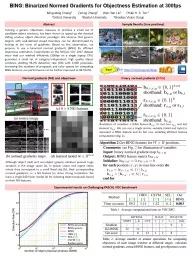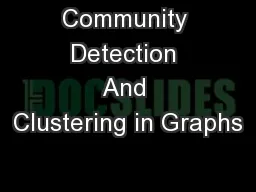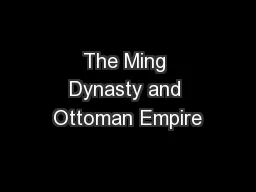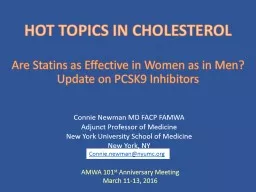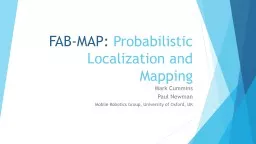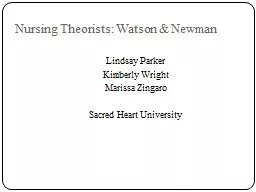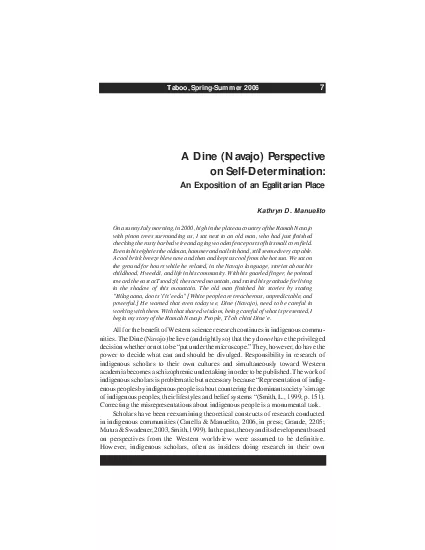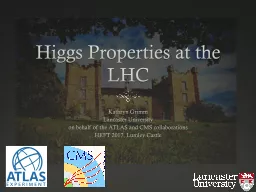PPT-Kathryn Newman 1,2 , Ming Hu
Author : lam | Published Date : 2024-02-09
13 Christopher Williams 12 Chunhua Zhou 12 and Hui Shao 12 Impact of Traditional and Nontraditional Observation Sources using the Gridpoint Statistical Interpolation
Presentation Embed Code
Download Presentation
Download Presentation The PPT/PDF document "Kathryn Newman 1,2 , Ming Hu" is the property of its rightful owner. Permission is granted to download and print the materials on this website for personal, non-commercial use only, and to display it on your personal computer provided you do not modify the materials and that you retain all copyright notices contained in the materials. By downloading content from our website, you accept the terms of this agreement.
Kathryn Newman 1,2 , Ming Hu: Transcript
Download Rules Of Document
"Kathryn Newman 1,2 , Ming Hu"The content belongs to its owner. You may download and print it for personal use, without modification, and keep all copyright notices. By downloading, you agree to these terms.
Related Documents

